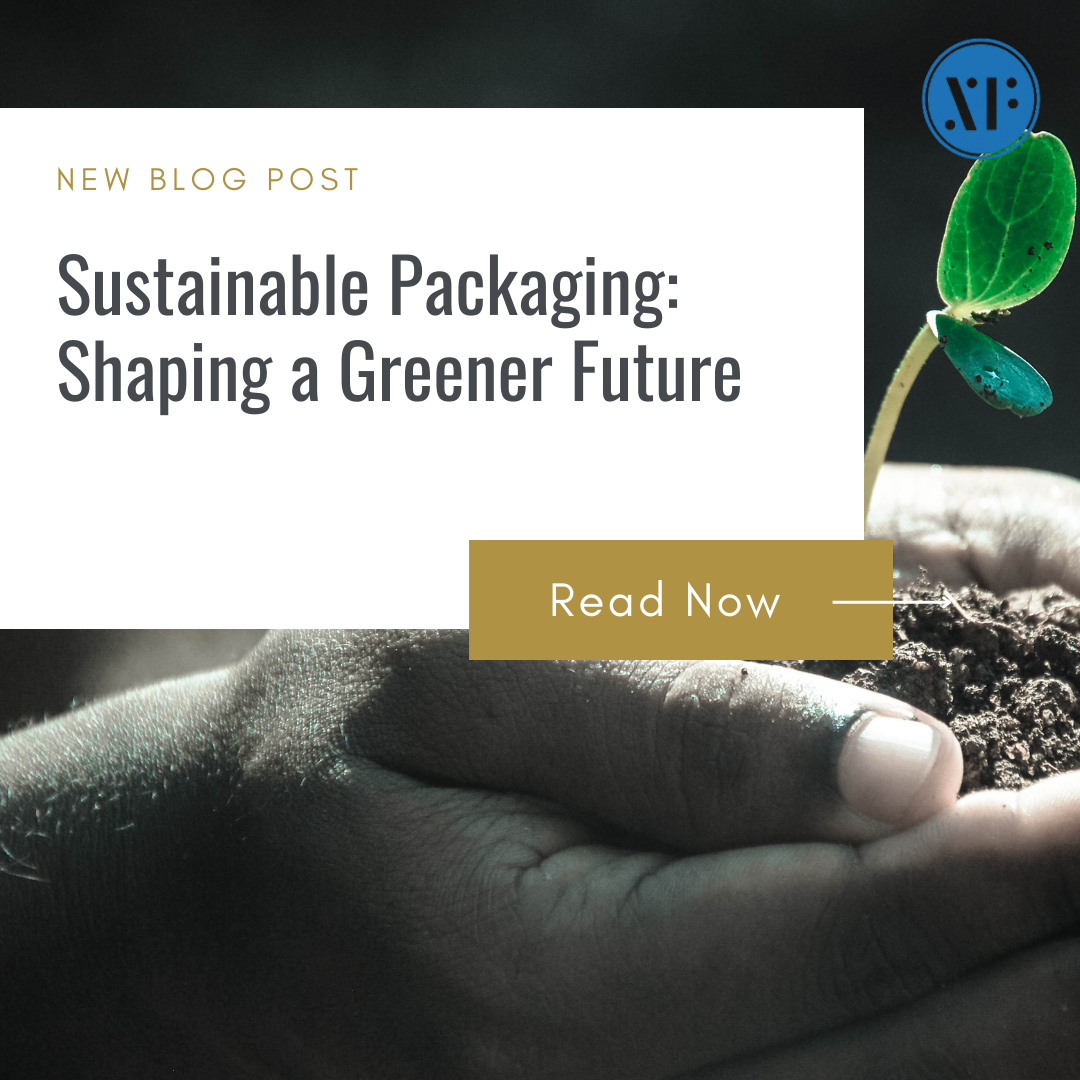In today’s world, the conversation around sustainability is no longer optional, it is a necessity. One of the most pressing areas of change lies in packaging, a sector that has traditionally relied heavily on plastic and other non-biodegradable materials. As plastic pollution continues to threaten ecosystems, oceans, and even human health, the spotlight has shifted toward sustainable packaging as a viable and responsible solution.
Sustainable packaging goes beyond being a buzzword. It is an intentional design approach that focuses on minimizing environmental impact while still meeting the functional requirements of protection, durability, and branding. With the rise of eco-conscious consumers, stronger government regulations, and businesses recognizing their corporate social responsibility (CSR), sustainable packaging is transforming from a trend into a global standard.
Why Sustainable Packaging Matters
Traditional plastic packaging contributes significantly to landfill overflow, marine pollution, and greenhouse gas emissions. In contrast, sustainable packaging solutions are designed to reduce these negative impacts by using renewable, compostable, recyclable, or biodegradable materials. Countries worldwide are introducing measures to curb single-use plastic. For instance, India implemented a nationwide ban on certain single-use plastics in 2022. Similarly, nations such as Ireland, Italy, and Japan incentivize companies through tax exemptions when they adopt compostable or biodegradable packaging. The UK’s Extended Producer Responsibility (EPR) scheme further demonstrates this global movement, holding manufacturers accountable for the entire lifecycle of their packaging.
The urgency of such measures is underscored by increasing consumer demand for greener choices. A growing number of customers actively seek out brands that adopt sustainable packaging solutions, associating them with trust, innovation, and environmental responsibility.
Key Trends Driving Sustainable Packaging
The shift toward sustainable packaging is not only about reducing plastic but also about embracing innovation. Several emerging trends are redefining the industry:
- Seaweed-Based Packaging:
Seaweed offers a biodegradable, renewable, and ocean-friendly alternative. Edible wraps and single-use food packaging are among its most promising applications. - Upcycled Materials:
Agricultural by-products, food waste, and post-consumer plastics are being repurposed into packaging, reducing waste streams and dependence on virgin resources. - Reusable Packaging Systems:
Brands are introducing refillable containers and multi-use solutions, particularly in beauty, beverage, and household sectors, cutting down on single-use waste. - Mono-Material Packaging:
Using a single material simplifies recycling and reduces contamination during the recycling process. - Compostable Alternatives:
Plant-based plastics and other compostable materials are designed to break down safely in composting environments, offering a cleaner alternative to traditional plastics. - Digital Printing & Smart Packaging:
Sustainable printing reduces material waste, while smart packaging (QR codes, sensors) improves supply chain efficiency and waste management. - Plantable Packaging:
Innovative packaging embedded with seeds that can be planted after use, turning waste into new life. - Refill & Concentrate Systems:
Common in personal care and cleaning industries, concentrates require less packaging, reducing material use and carbon emissions.
Challenges in Implementing Sustainable Packaging
Despite the progress, there are challenges that must be addressed for sustainable packaging to become mainstream:
- Balancing Performance & Sustainability
Eco-friendly packaging must still protect goods effectively, especially food and beverages. If products spoil due to poor packaging, food waste may outweigh environmental benefits. - Higher Costs
Sustainable packaging materials are often more expensive due to limited supply chains and production volumes. This can be difficult for brands operating with thin profit margins. - Consumer Expectations
Customers want convenience, durability, and sustainability all at once. Meeting these expectations requires innovation and investment. - Infrastructure Limitations
Recycling and composting facilities are not equally available in all regions. Without proper waste management systems, even sustainable packaging may end up in landfills.
The Way Forward
The future of packaging is undeniably sustainable. Businesses that adopt eco-friendly packaging not only reduce their environmental footprint but also strengthen brand loyalty by aligning with consumer values. Governments will continue to tighten regulations, and innovations in materials, design, and technology will make sustainable packaging more accessible and cost-effective.
Ultimately, the shift toward sustainable packaging solutions is about collaboration. Businesses, policymakers, and consumers must work hand in hand to build a circular economy where waste is minimized, resources are reused, and packaging truly serves both people and the planet.
Sustainable packaging is not just about replacing plastic, it’s about reimagining the entire lifecycle of packaging. By embracing this transformation, we can take a meaningful step toward a greener, healthier, and more responsible world.


